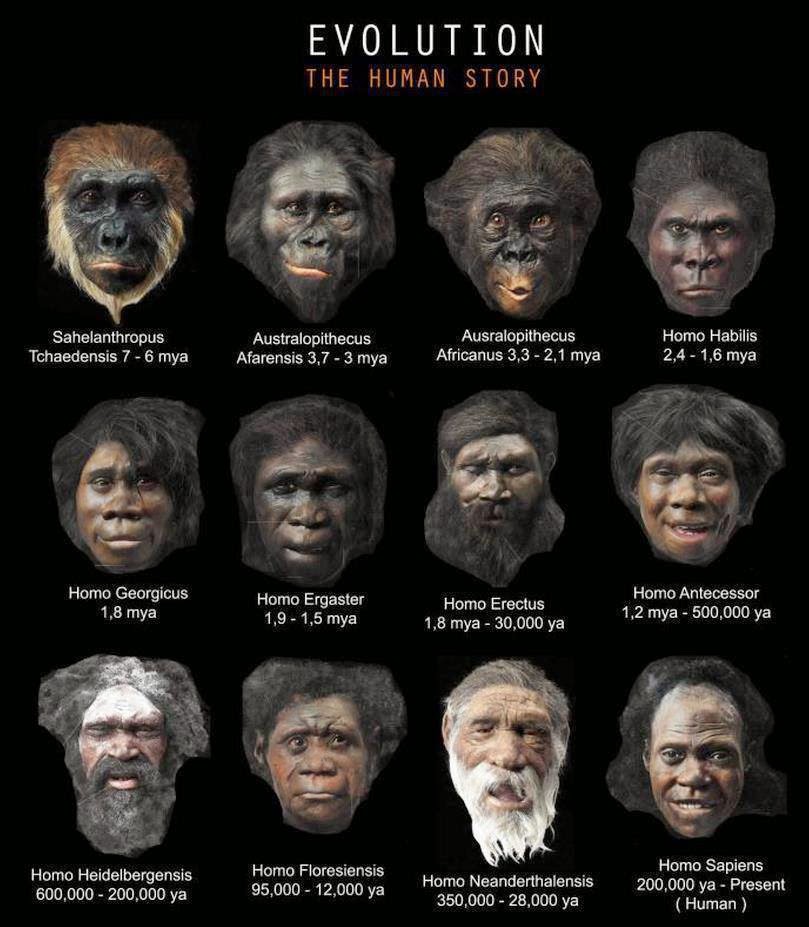Trabalho de integrantes do LEBIOS aceito e publicado no XX Congreso de la Sociedad Española de Antropología Física
O trabalho de integrantes do Lebios, Profa. Dra. Ariana da Silva e Prof. Dr. Hilton P Silva, intitulado "Sickle Cell Disease, genetic ancestry, and the fight against racism in the Brazilian Amazon" foi aceito no XX CONGRESO DE LA SOCIEDAD ESPAÑOLA DE ANTROPOLOGÍA FÍSICA, que ocorreu em Barcelona/Espanha, em Julho de 2017. O trabalho foi publicado na sessão sobre Ecologia Humana e Biodemografia. O resumo segue abaixo:
XX CONGRESO DE LA SOCIEDAD
ESPAÑOLA DE ANTROPOLOGÍA FÍSICA
169
Ecología humana y Biodemografía
"Sickle Cell Disease, Genetic Ancestry, and
the Fight Against Racism in the Brazilian Amazon"
Silva, Ariana K L S 1; Silva, Hilton P 2
1 Graduate
Program in Anthropology, Universidade Federal do Pará, Laboratório de Antropologia
“Arthur Napoleão Figueiredo” – Cidade Universitária “José da Silveira Netto” –
Rua Augusto Correa, 01 – Campus Universitário do Guamá – ZIP: 66075-900 –
Belém – Pará – Brazil.
E-mail: arianabelem@gmail.com
2 Graduate
Program in Anthropology and Graduate Program in Public Health, Universidade
Federal do Pará, Laboratory of Bioanthropological Studies in Health and the
Environment, Cidade Universitária “José da Silveira Netto” – Rua Augusto
Correa, 01 – Campus Universitário do Guamá – ZIP: 66075-900 – Belém – Pará –
Brazil -
Sickle
Cell Disease (SCD) is a genetic syndrome with significant prevalence among the
Brazilian population, occurring in about 3.500 children per year. In Pará
State, Amazon Region of Brazil, about 1% of individuals live with SCD. This
represents a serious public health problem in the country [1,2,3]. SCD is
problematized here from a biocultural perspective within the field of
Bioanthropology [4,5]. In the Regional Blood Center, located in Belém,
interviews, and blood samples of individuals affected with SCD were collected
for Genetic Ancestry (GA) tests (Autosomal DNA). 60 individuals with SCD were
investigated in relation to their GA, socioeconomic status, race/color, and
clinical symptoms. The genetic results were presented and discussed with each
participant. The majority of individuals present predominantly European aDNA
(40.9%), followed by Amerindian (30.2%), and African (28.8%). Nevertheless, 83%
of the participants classify themselves as “brown” or “black”. The majority of
them indicate having suffered some form of racism along their lives as a
consequence of SCD and their skin color, including discrimination in the health
services facilities. Among the individuals, 66% live in poverty, and only 15%
have some type of private health insurance, which limits their access to
essential medical care. The clinical severity of the disease is being
investigated for possible association with GA. SCD involves several
vulnerabilities such as poverty, clinical complications, and racial prejudice.
The GA test might be a useful tool for education as there is considerable
misinformation about SCD, still associated exclusively to African populations.
Thus, this may be yet another tool in the fight against racism. The GA test
might also point out new therapeutic ways when considering the individualized
information. This research willt help improve the quality of life, and generate
useful health information for the development of specific public policies to
those affected by SCD.
References
[1] Cardoso, G. L. &
Guerreiro, J. F. 2010. Molecular
characterization of sickle cell anemia in the Northern Brazilian State of
Pará. American Journal of Human Biology,
(22): 573-577.
[2] Naoum, P. C. 2010. Origem
e dispersão do gene bS: hipótese multi-regional da hemoglobina S. Disponível
em: http://hemoglobinopatias.com.br/origem-e-dispersao-do-gene-bs/.
Acesso em: 03.Jan.2017.
XX CONGRESO DE LA SOCIEDAD
ESPAÑOLA DE ANTROPOLOGÍA FÍSICA
170
Ecología humana y Biodemografía
[3]
_____. 2011. Sickle cell disease: from the beginning until it was recognized as
a public health disease. Revista Brasileira de Hematologia e Hemoterapia 33(1):
07-09.
[4] Silva, A. K. & Silva,
H. P. 2013. Anemia Falciforme como experiência: as relações entre
vulnerabilidade social e corpo doente enquanto fenômeno biocultural no Estado
do Pará. Amazônica, Revista de Antropologia (Online) 5(1): 10-36.
[5] Silva, A. K. 2015.
O contexto epidemiológico e biossocial da doença falciforme no Estado do Pará,
Amazônia, Brasil. Revista da ABPN, (7)16: 103-127.
Link do evento:
Anais do Congresso:




Comentários
Postar um comentário